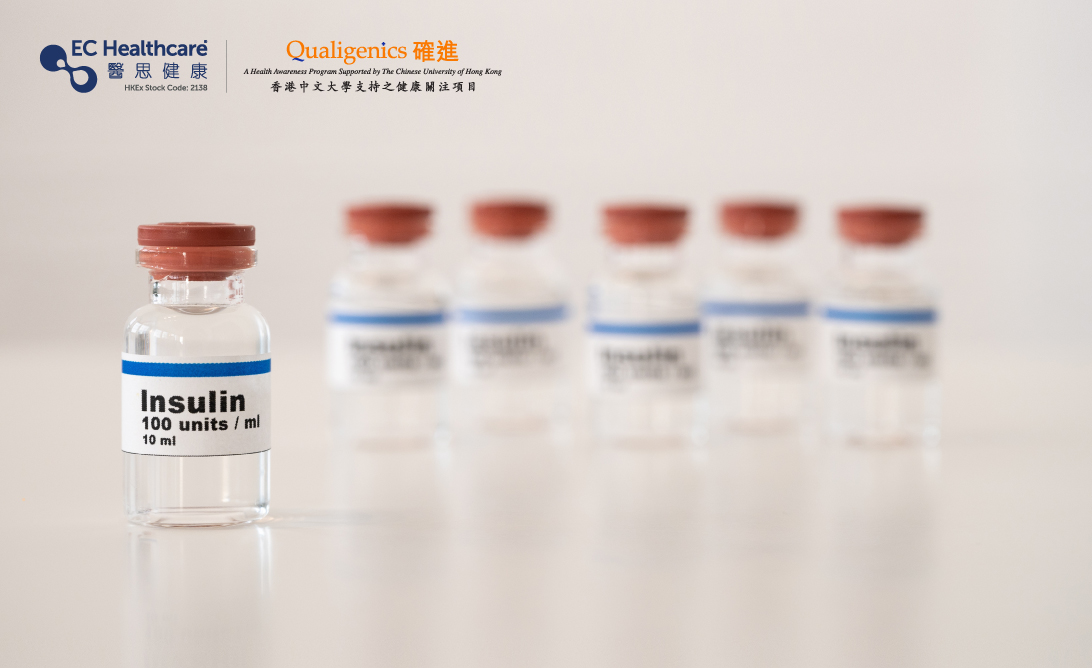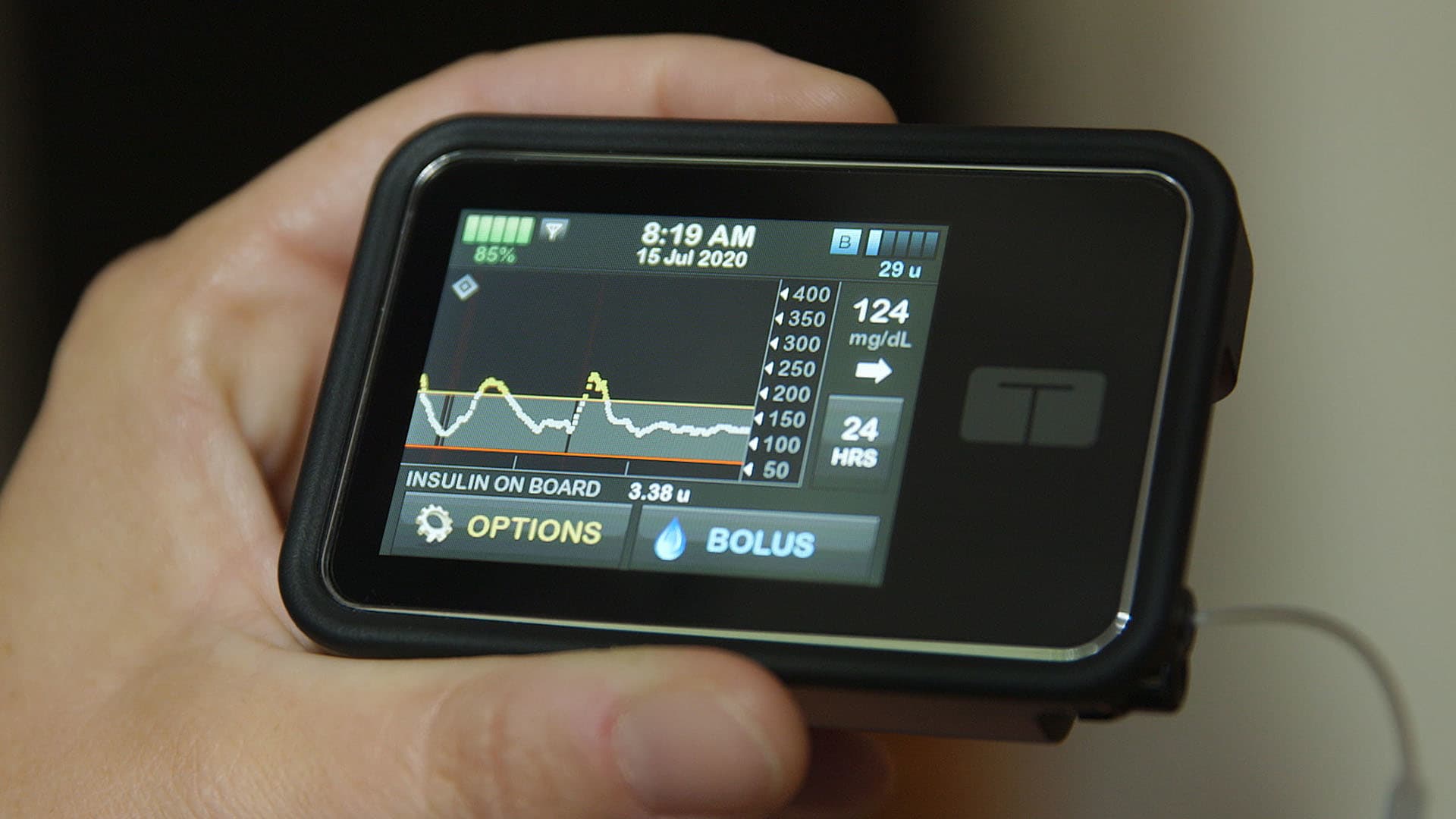A Complete Guide to Insulin


When food enters the human body and undergoes digestion and decomposition, it is converted into glucose and absorbed by the small intestine. With the assistance of insulin, glucose can enter the cells and be converted into energy that supports human activities. However, when there is insufficient insulin secretion or insulin resistance, glucose cannot enter the cells. This leads to an increase in blood sugar levels, resulting in a condition known as "diabetes", which can cause inflammation and various complications.
For diabetic patients who need to supplement insulin, there are three methods available: insulin medications, insulin injections, and insulin pumps. They will be thoroughly explained below.
Insulin medications
Since each diabetic patient's condition is different, the methods of lowering blood sugar can vary. For example, some medications increase insulin secretion, while some slow down the body's absorption of glucose. These medications should be prescribed by a doctor and taken as directed. Common types of insulin medications include:
Biguanides (Metformin)
Metformin stimulates the body to use glucose in the blood and inhibits the liver from producing excessive glucose. It is usually taken after meals to minimise side effects such as nausea, vomiting, diarrhoea, abdominal discomfort, and bloating.
Sulphonylureas (Gliclazide and Glipizide)
These medications stimulate the production of insulin by the pancreas. Common side effects include abdominal pain, diarrhoea, and weight gain.
Intestinal α-glucosidase inhibitors (Acarbose)
These medications delay the digestion and absorption of sugars. Common side effects include abdominal pain, diarrhoea, and bloating.
Dipeptidyl peptidase-4 (DPP-4) inhibitors (Alogliptin, Sitagliptin)
These medications decrease blood sugar levels by regulating the level of a hormone called incretin. Common side effects include headache, abdominal pain and pharyngitis.
Sodium-glucose co-transporter 2 (SGLT2) inhibitors (Dapagliflozin)
These medications promote the excretion of sugar in the urine. Common side effects include urinary or vaginal infections, dehydration and dizziness.
Insulin injections
Some diabetic patients may think that using insulin injections implies a worsening of their condition, but this is not the case. Doctors choose the treatment method based on individual situations. Some early-stage diabetic patients may also require insulin injections for various reasons, such as inadequate response to oral medications, failure to achieve target blood sugar levels with medication alone, or the combination of medication and injections yielding more desirable results.
Furthermore, some patients may think they need insulin injections for their lifetime. In fact, after several months of insulin injections and achieving controlled and ideal blood sugar levels, patients can switch to oral medications.
Types of insulin injections
Insulin injections come in several types: very short-acting, short-acting, intermediate-acting, biphasic, long-acting, and ultra-long-acting insulin. The injection timings and frequencies vary for different types of insulin, and they should be administered according to the doctor's instructions. Currently, the use of the new-generation ultra-long-acting insulin is the most convenient choice, requiring only one injection per day to effectively control blood sugar levels with greater stability and significant results.
Insulin pumps
An insulin pump is a medical device used in treating diabetes by continuous insulin infusion. It is also known as "continuous subcutaneous insulin infusion". The pump works by continuously delivering an appropriate amount of insulin subcutaneously to control diabetes.
An insulin pump consists of a pump and an infusion set with plastic tubing. Insulin is loaded into the pump, and then is delivered through the tubing to the cannula inserted subcutaneously, allowing for continuous insulin infusion. Common infusion sites include the abdomen, buttocks, outer thigh, or arm. The device is also equipped with a blood glucose monitoring function, providing real-time blood sugar readings through subcutaneous sensors, which help diabetic patients manage their blood sugar levels throughout the day.
The advantages of an insulin pump include not needing to carry oral medications all the time and having more accurate control over blood sugar levels. Doctors can achieve more precise insulin dosing, significantly reducing large fluctuations in blood sugar levels. However, insulin pump users need to check their blood sugar levels at least four times a day, and the pump may also be noticeable to others. There is also an increased risk of skin infection. So, patients should understand the drawbacks before using an insulin pump.
Related Brands



